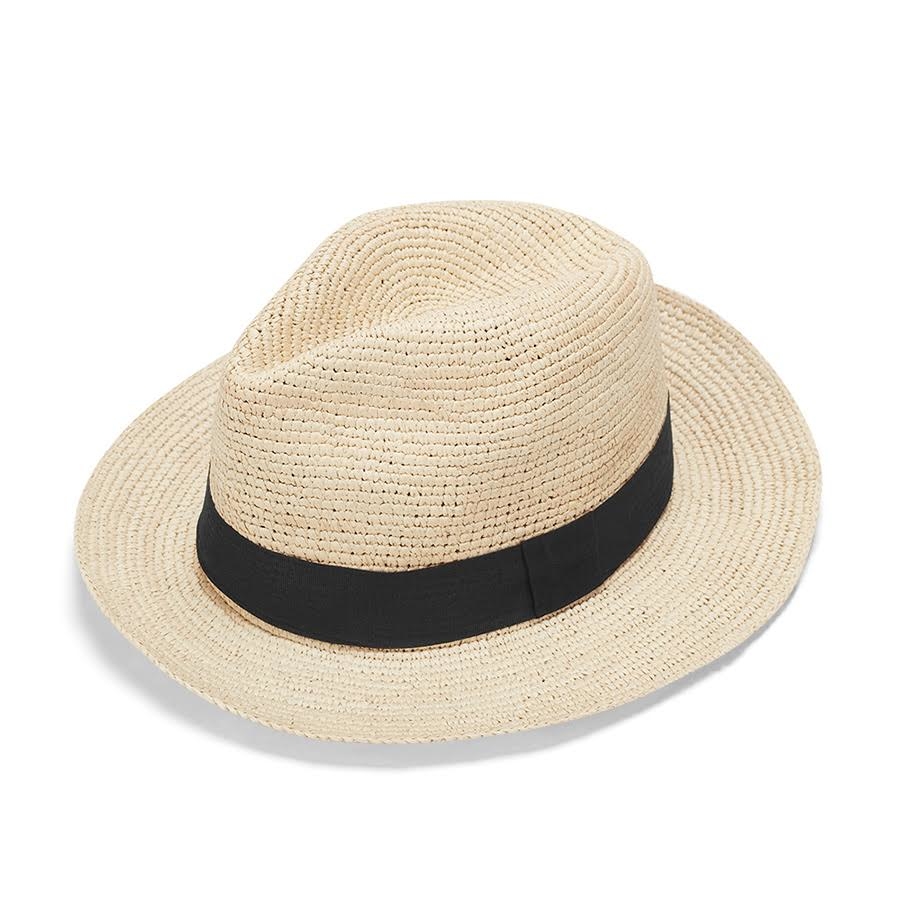Share
Share on facebook
Share on whatsapp
Share on google
Share on twitter
Share on email






